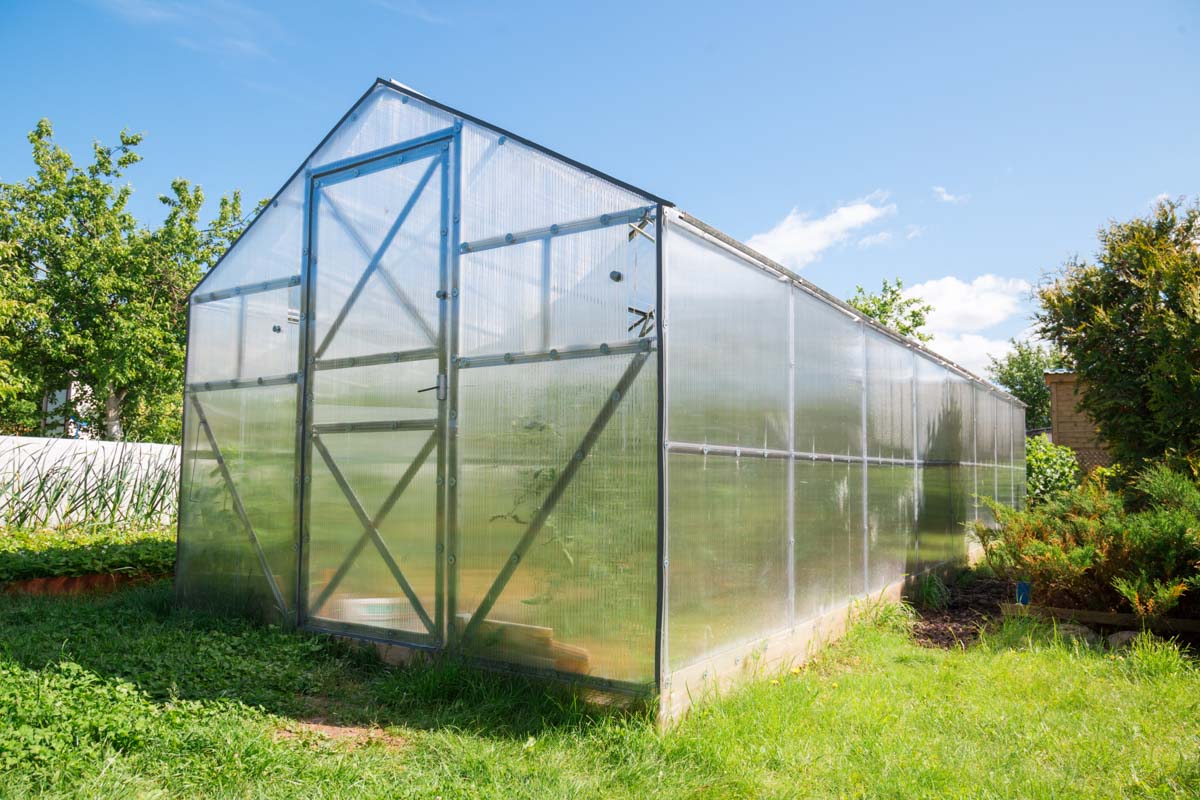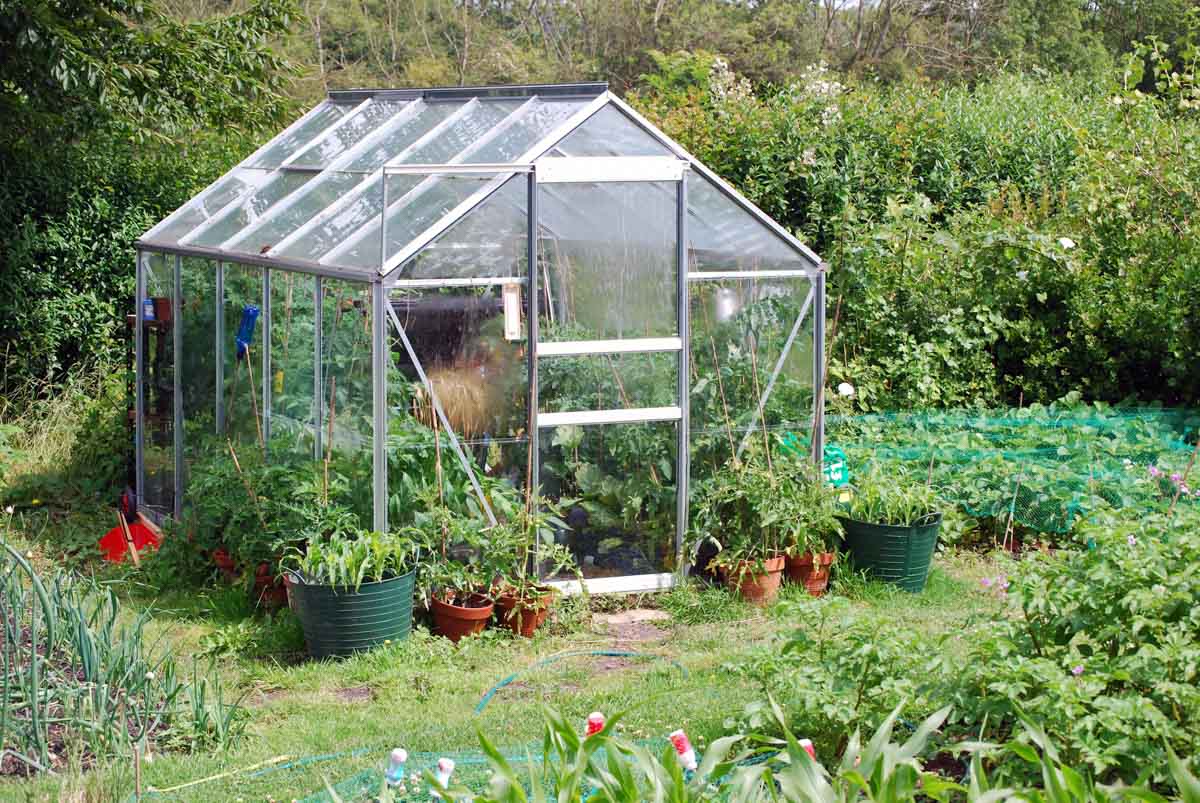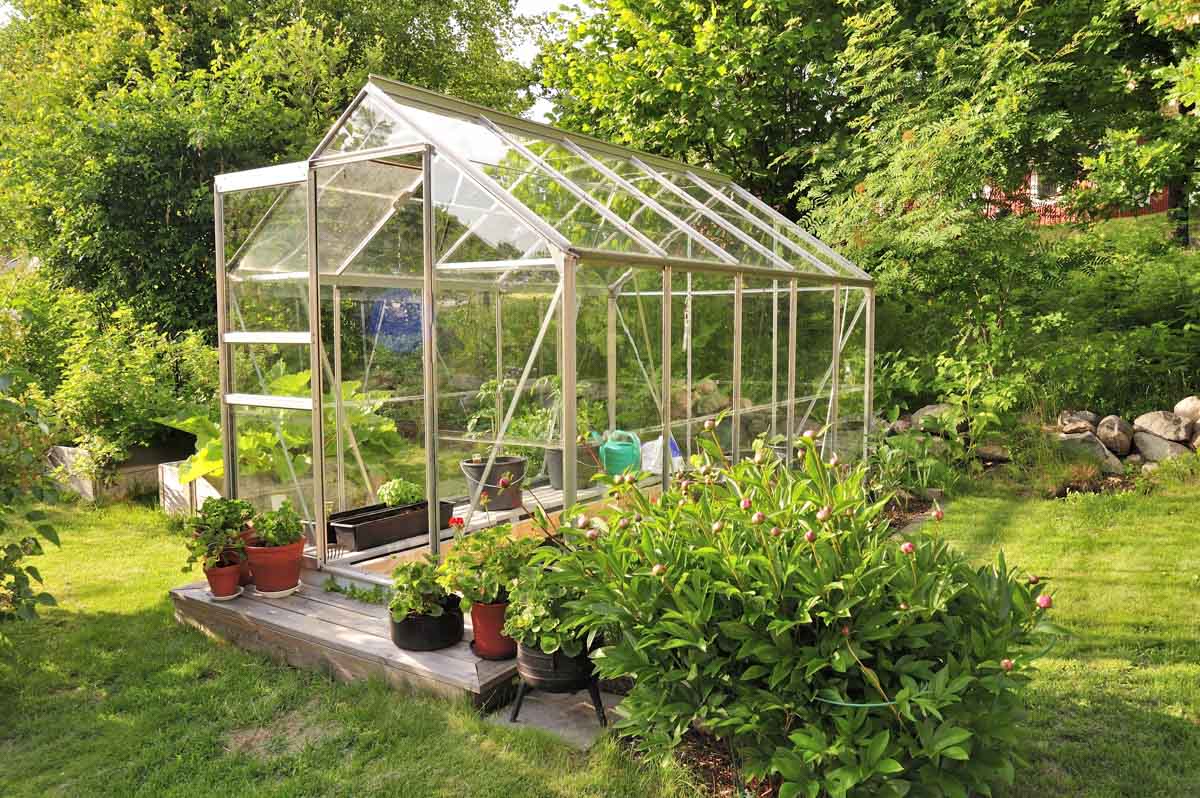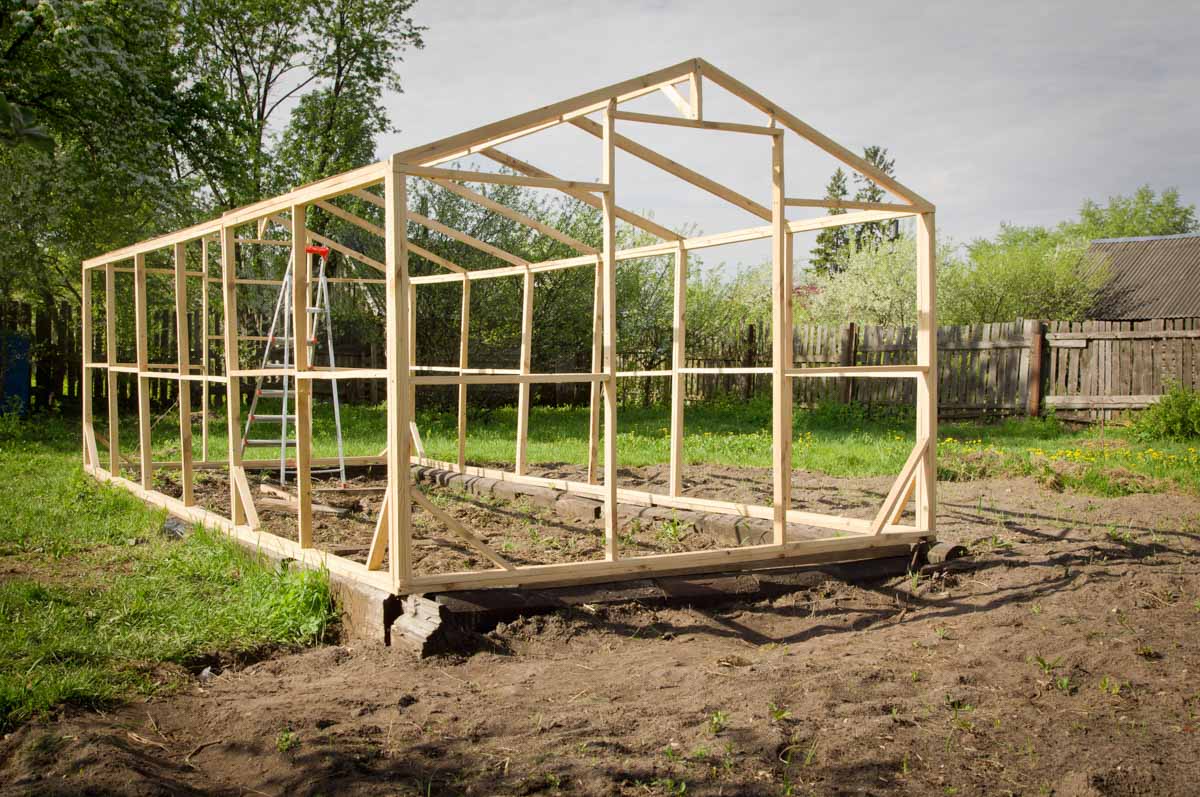Trying to decide whether to opt for a polycarbonate or glass greenhouse? Read this practical guide to the best greenhouse glazing.
When you’re looking to buy or build a greenhouse, one of the first decisions you’ll have to make is what type of glazing to use.
There are two main types: glass and polycarbonate. Both have their pros and cons, so it can be difficult to decide which is the best option for you.
In this guide, we will compare glass and polycarbonate greenhouse glazing and help you decide which is the best choice for your needs.
Features to Consider When Choosing Glass or Polycarbonate Glazing

Cost
The first thing to consider is cost. Glass is more expensive than polycarbonate, so if price is a deciding factor, you’ll want to go with the latter.
Installation
Installation is also a consideration. Glass greenhouse glazing requires more time and effort to install than polycarbonate, so if you’re not handy, you may want to opt for the polycarbonate.
Weight
Glass is heavier than polycarbonate. This can actually be a positive or a negative. Lightweight polycarbonate can be easier to work with, particularly during installation. However, it also means that polycarbonate greenhouses can be more affected by heavy winds.
Durability
Next, consider durability. Polycarbonate is more durable than glass and can withstand impacts better. If you’re worried about your greenhouse being damaged in bad weather, or by errant objects like footballs, polycarbonate is a better option.
UV Protection
Both glass and polycarbonate greenhouse glazing offer UV protection, but to different degrees. Polycarbonate blocks more UV radiation than glass, making it the better option if you’re looking for maximum UV protection.
Maintenance
Glass also requires more maintenance than polycarbonate. It needs to be cleaned regularly to avoid dirt and dust building up, which can lead to decreased light transmission. Polycarbonate is much easier to clean and doesn’t require as much attention.
Thermal Performance
Polycarbonate is better at retaining heat than glass, so if you want your greenhouse to stay warm in winter or cooler in summer, polycarbonate is the better choice. If you are considering installing heating or ventilation, polycarbonate will lower the cost of running these.
Light Transmission
Finally, consider light transmission. Glass transmits more light than polycarbonate, so if you want your greenhouse to be bright and sunny (which becomes very important if you’re planning to grow during the winter months), glass may be the better option. However, polycarbonate is more UV-resistant.
Light Diffusion
Another thing to consider is light diffusion. Polycarbonate greenhouse glazing diffuses light more evenly than glass, making it the better choice if you want even lighting in your greenhouse.
Glass Greenhouse Glazing

Glass greenhouse glazing is the traditional option and has been used for centuries – aesthetically pleasing, it allows for maximum light transmission and is long-lasting (if it doesn’t break).
However, glass is also quite heavy and can be expensive to install.
Horticultural Glass vs Toughened Safety Glass
When choosing glass for your greenhouse, you have two main options: horticultural glass and toughened safety glass.
Horticultural glass is made of standard window glass specially treated to be used outside – but is not as strong as toughened safety glass. It can break easily if hit or dropped, so it’s not the best option if you have children or pets.
Toughened safety glass is stronger and more resistant to breaking, making it a safer option. There is less significant advantage to using polycarbonate over toughened glass – but the thermal properties of polycarbonate still make it the objectively better choice.
Pros of Glass Greenhouse Glazing
- Excellent light transmission
- Very durable and long-lasting (if not broken)
- Aesthetically pleasing
- Flame-resistant
- Easy to replace and buy second-hand
- Natural substance
Cons of Glass Greenhouse Glazing:
- Heavier than polycarbonate greenhouse glazing
- More expensive to install than polycarbonate greenhouse glazing
- Very little UV protection for plants
- Lower thermal performance
Polycarbonate Greenhouse Glazing

Polycarbonate greenhouse glazing is a newer option, but it is quickly becoming the most popular choice.
Polycarbonate is a plastic material that is durable and shatter-resistant. Panels are made of two thin sheets of polycarbonate with a connective ribbing.
The twin-wall structure helps significantly with insulating your greenhouse, and also with diffusing the light within the greenhouse. However, it can be prone to condensation and getting dirty if not installed properly.
Pros of Polycarbonate Greenhouse Glazing
- Lightweight
- Better thermal qualities than glass glazing
- Durable and shatter-resistant
- Better light diffusion
- Provides UV protection for your plants
- Low maintenance
Cons of Polycarbonate Greenhouse Glazing:
- Not as attractive
- Needs to be installed properly or can suffer from condensation or buildup of dirt
- Scratches more easily
- Not a natural resource
Which is Better – Glass or Polycarbonate?
So, which is the best type of greenhouse glazing?
In our opinion, polycarbonate greenhouse glazing is the better choice. It is more durable and shatter-resistant than glass, and it diffuses more light. It also retains heat better than glass greenhouse glazing, making it a better choice for colder climates.
However, if you are more concerned with aesthetics, glass is the better greenhouse glazing option.



